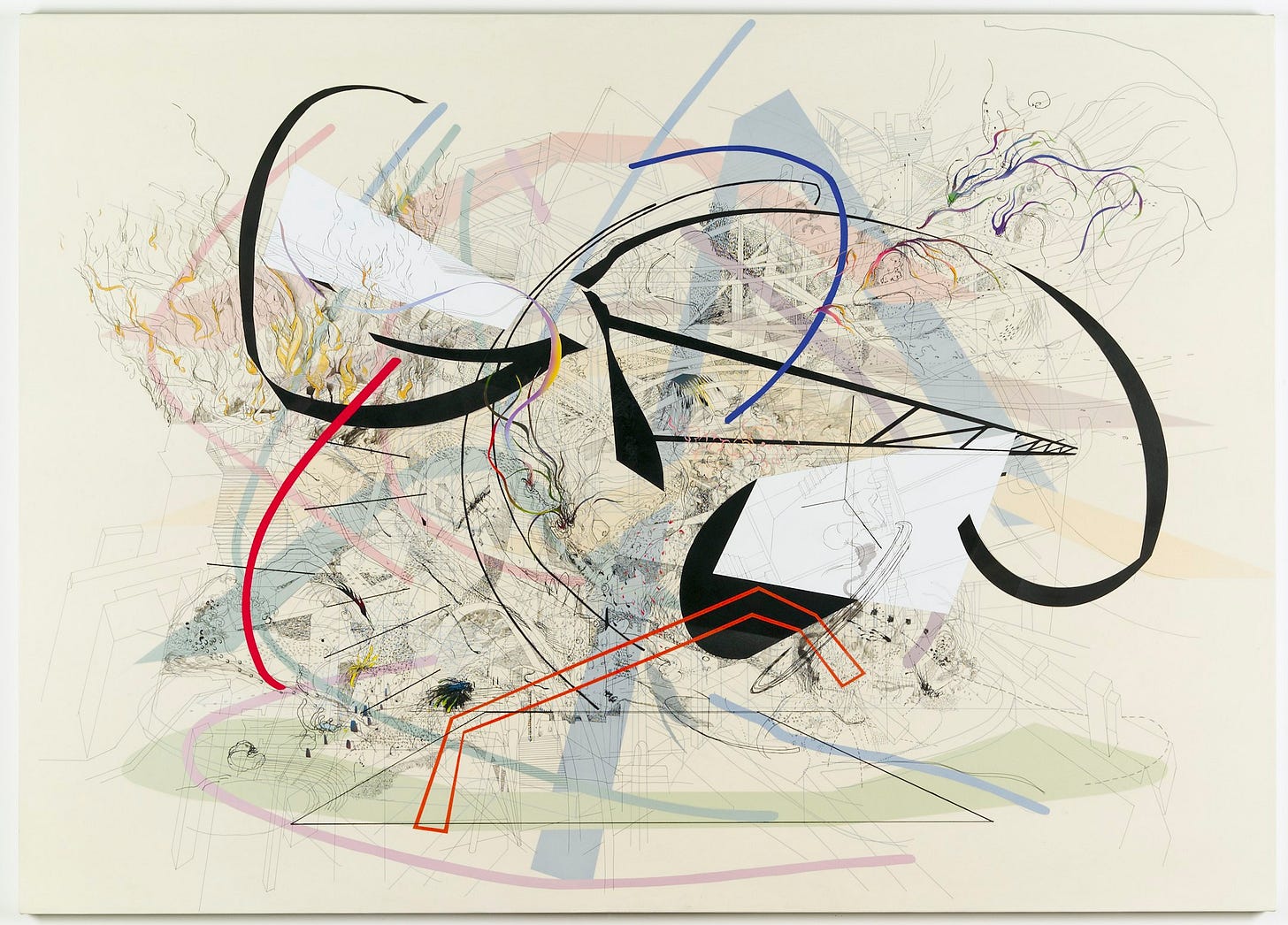Finding Form Inside Unreasonable Faith
We’ve Been Here Before, Cykofa Narration As A Black Method

Keep reading with a 7-day free trial
Subscribe to Seeda School to keep reading this post and get 7 days of free access to the full post archives.

Subscribe to Seeda School to keep reading this post and get 7 days of free access to the full post archives.